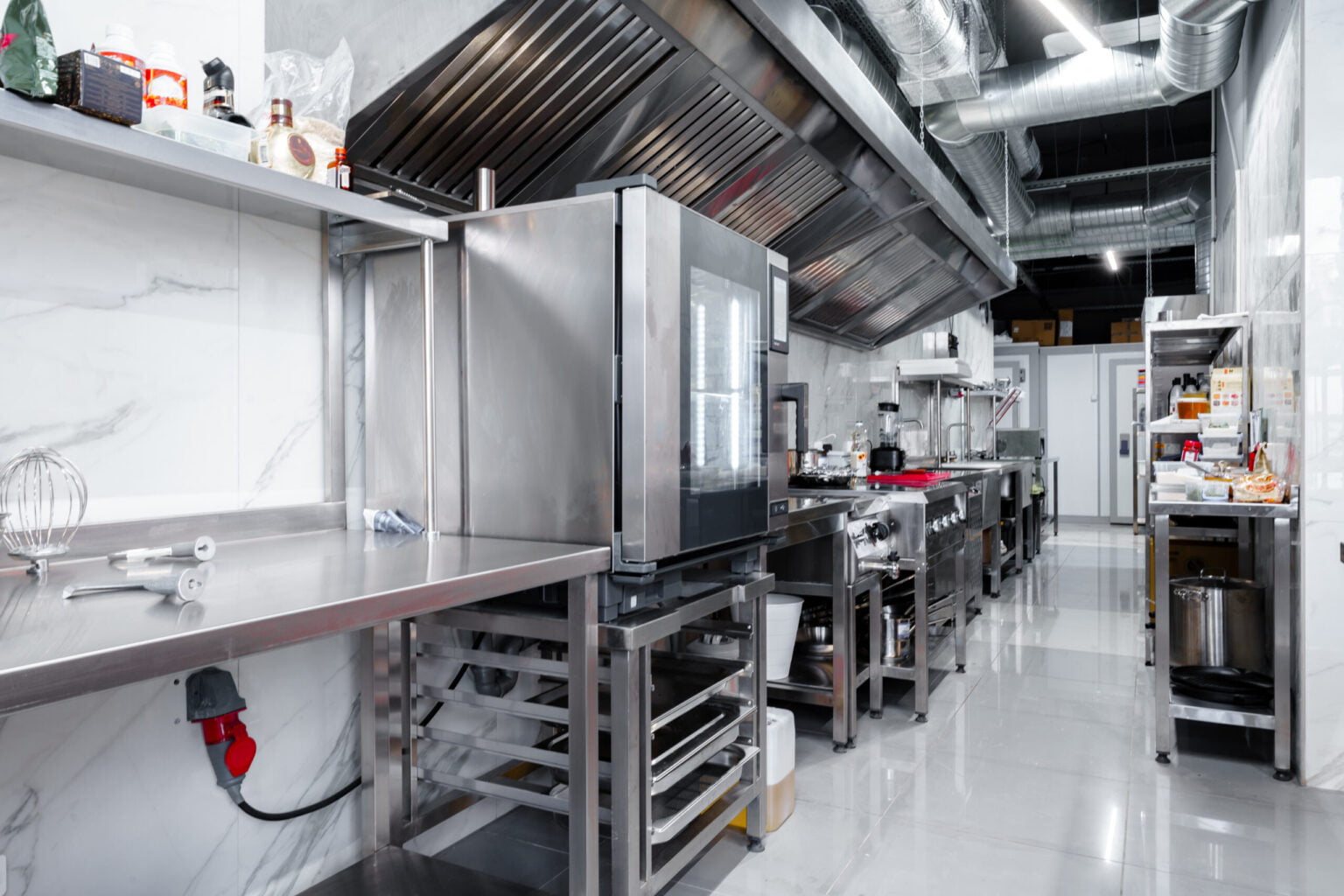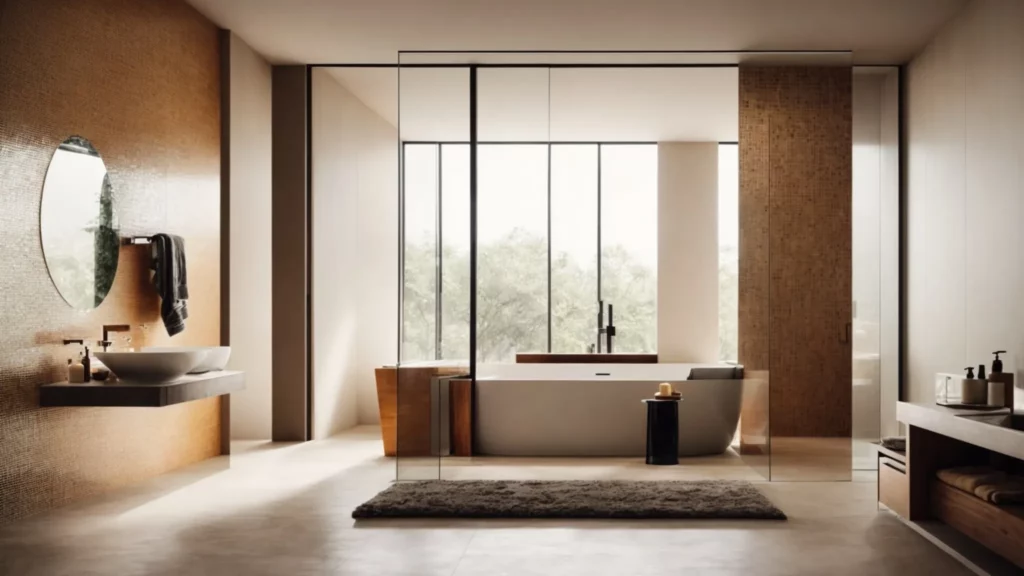Investing in restaurant equipment is essential for any new or existing restaurant owner. However, purchasing this equipment can be quite costly, especially if you’re not familiar with the tips and tricks to save on restaurant equipment. Keep reading to learn how to save on your restaurant equipment purchases, from the planning phase through to maintenance and replacement.
Proper Research and Planning
Before diving into commercial equipment purchases, conduct thorough research and plan out your restaurant’s needs. Assess your menu offerings and identify which equipment you require to create those dishes efficiently. Determine the ideal kitchen layout to enhance your operational flow and make sure the equipment you plan to purchase fits correctly. This will save time and money by avoiding unnecessary equipment purchases or costly mistakes from not fitting into your kitchen space.
Take the time to research different brands, compare prices, and read reviews to ensure you are making informed decisions. Familiarize yourself with market trends and upcoming technologies that may help you cut down on energy costs or improve efficiency. This will allow you to make a well-informed decision when selecting the equipment you need for your restaurant.
Engage in industry discussions and seek advice from experienced colleagues or professional consultants to gain insights into their experiences with various equipment types and brands. They may have insider knowledge of quality and reliability, which could save you money in the long term. Visiting trade shows is another great way to connect with experts and preview new equipment on the market.
Consider Purchasing Used Equipment

Purchasing used equipment can provide great savings, but it’s essential to balance that low price with high quality. Carefully inspect pre-owned equipment to ensure it’s in good working condition and meets all required safety standards. Seek out reputable sellers or authorized dealers, such as restaurantwarehouse.com, to ensure you’re buying quality used equipment backed by warranty.
When purchasing used equipment, prioritize items that have a longer lifespan, such as stainless steel appliances. Avoid buying used equipment with a history of repairs or replacements, as it may have underlying issues and cost more to maintain in the long run.
You can also find used equipment through auctions or restaurant closures, where you may have the opportunity to negotiate the price. Talk to your network of fellow restaurant owners to see if anyone is looking to sell or knows of reliable sources for used commercial equipment.
Utilize Package Deals
Many suppliers may offer package deals including combination appliances or a variety of equipment that can meet your restaurant’s needs at a discounted rate. This can be an economical way to purchase several essential pieces of equipment together, saving you time as a busy restaurant owner and potentially saving you money. Ask your supplier about possible package deals based on your restaurant business concept and menu.
Additionally, consider purchasing appliances or equipment from the same brand to leverage possible discounts. Suppliers may offer a percentage off to customers who buy multiple items from the same brand, and you may find it beneficial to have a consistent design style throughout your kitchen and dining space.
Consider joining a buying group or co-op, which might have negotiated exclusive deals with manufacturers and suppliers. By collaborating with other restaurant owners or becoming part of a larger organization, you’ll be able to take advantage of discounted pricing to save on your equipment costs.
Look for Energy-Efficient Equipment
Energy-efficient restaurant equipment can significantly reduce operating costs while also benefiting the environment. Review the product specifications and look for ENERGY STAR-certified appliances, which meet specific government-regulated efficiency standards. These appliances are designed to utilize less energy and water, making them more environmentally friendly and cost-effective in the long run.
Many states also offer rebates and incentives for purchasing energy-efficient equipment. This further offsets the initial cost of these appliances and provides continued savings through energy and utility bills. Check your local government websites for information on available rebates and incentives in your area.
Beyond appliances, invest in energy-saving fixtures like LED lighting and programmable thermostat controls to ensure you’re making the most of your equipment budget while saving on operational costs in the long term.
Negotiate with Suppliers
Negotiating with suppliers can often yield significant cost savings on your equipment purchases. Don’t be afraid to ask for discounts or additional perks, such as free shipping or extended warranties. A great starting point is requesting price matches if you find the same item at a lower price from a different supplier. Speak with your supplier to ensure a clear understanding of their policies on returns and guarantees, as these can impact your overall savings.
Building a strong relationship with your suppliers facilitates collaboration and negotiation. Strive to establish a professional yet amicable rapport to cultivate a long-lasting business partnership that’s conducive to your continued success.
Keep in mind the trade-offs between cost and quality. While negotiation is a valuable tool, it’s essential to avoid compromising on the quality or reliability of your equipment. Strike an appropriate balance between cost savings and the equipment’s longevity and performance.
Capitalize on Seasonal Sales and Promotions

Suppliers and manufacturers may offer seasonal sales, promotions, or closeout deals, providing discounted rates for restaurant equipment. Capitalize on these opportunities for cost savings by planning your purchases around industry events or promotional periods. Stock up on non-perishable supplies and disposable items during sales to save on everyday operational costs.
Keep updated on news and promotions from your suppliers, follow industry publications, and join industry-focused forums to stay informed on any sale events or promotions.
Remember that while these sales and promotions can offer substantial discounts, it’s crucial to base your purchases on quality and necessity. Avoid impulsive buying simply because of attractive deals, as it can lead to excessive and unnecessary costs.
Regular Maintenance and Timely Repairs
Investing in regular maintenance can extend the lifespan of your restaurant equipment, saving you money in the long run. Schedule routine inspections to identify potential issues early, minimizing the risk of costly breakdowns and disruptions. Familiarize yourself with the manufacturer’s recommended maintenance schedule and adhere to it strictly.
Train your staff on proper usage and basic maintenance tasks, such as cleaning filters and unplugging equipment when not in use. This will help maintain optimal performance while lowering the risk of equipment malfunction and degradation.
When repairs are needed, prioritize addressing the issue promptly. Delaying repairs can magnify the problem and increase repair costs or even necessitate replacing the entire appliance.
Lease or Finance Equipment
Leasing or financing restaurant equipment provides an alternative to purchasing the equipment outright. This option allows you to spread the cost over time, making it more manageable for your business’s budget. Many finance companies specialize in restaurant equipment leasing, offering various packages and terms.
Consider the total cost of ownership when weighing the leasing or financing options. Calculate the interest, maintenance, and tax implications of your lease or finance agreement to ensure it remains a cost-effective choice for your restaurant. Remember to carefully read the terms and conditions of your contract, especially when it comes to early termination or equipment upgrades.
You may also want to explore the possibility of a rent-to-own arrangement, where the rental payments go toward purchasing the equipment at the end of the contract. This can be a cost-effective way to acquire equipment while preserving your working capital.
Overall, saving on restaurant equipment requires careful planning, research, and negotiation. By employing these strategies, you can make cost-effective purchasing decisions that contribute to the long-term success of your business.









